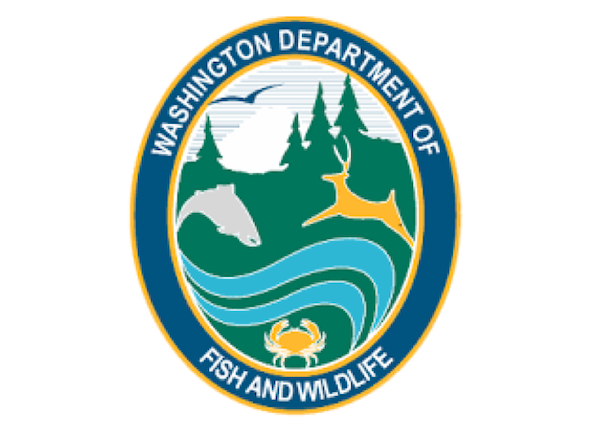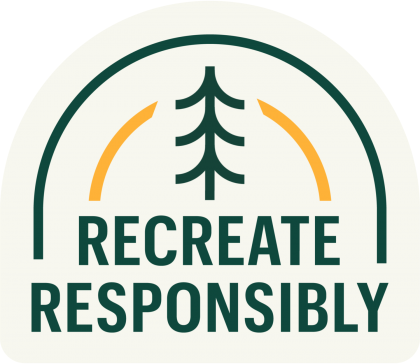Spring Chinook salmon fishing season set for lower Columbia River
by WA Department of Fish & Wildlife Staff
2-25-2021
Website
OLYMPIA – Fishery managers from Washington and Oregon on Tuesday approved this year’s spring Chinook season for the lower Columbia River, with low returns expected to once again impact recreational fishing.
The 2021 forecast for upriver spring Chinook numbers just 75,200 fish, which would be the second-lowest return in the past 20 years, and lower than the 81,300 fish that returned last year.
While the projected return is only about 6,000 fish fewer than 2020, the forecast numbers trigger tighter restrictions meant to protect salmon runs listed under the Endangered Species Act, said Ryan Lothrop, Columbia River fisheries manager with the Washington Department of Fish and Wildlife (WDFW). Lower returns to several Columbia River tributaries may also lead to reduced fishing opportunities.
“Unfortunately, these lower numbers mean we’ll likely see some decreased opportunities this year,” Lothrop said. “We’re hopeful that we may see higher returns than expected, but until then we have to approach this season very cautiously.”
Unlike 2020, the lower river is largely open for spring Chinook fishing thanks to higher projected returns to several lower-river tributaries. The Cowlitz River is expected to see an 1,800 Chinook return in 2021, nearly double last year’s actual return, while the Lewis River is expected to see 2,300 fish return, almost 450 more than in 2020.
There will be a boat-fishing closure around the Cowlitz River mouth to provide additional protection to returning Cowlitz fish. Salmon fishing is currently open from the mouth of the Columbia River to the Interstate-5 bridge, but spring Chinook usually don't arrive in large numbers until late March and April.
The river will be open for the following dates and locations:
- March 1 through April 4: From Buoy 10 line upstream to Beacon Rock (boat and bank), plus bank angling by hand-cast only from Beacon Rock upstream to the Bonneville Dam deadline. Salmonid angling from a boat is prohibited in an area adjacent to the Cowlitz River mouth, including all of Carrolls Channel. To see full details of the boat-fishing closure area, view the emergency rule at https://fortress.wa.gov/dfw/erules/efishrules/.
- Daily limit 6, including no more than 2 adults, of which no more than 1 may be an adult Chinook. Release all wild steelhead and all salmon other than hatchery Chinook. Salmon minimum size 12 inches. Shad retention is also permitted, no minimum size or daily limit.
- March 16 through May 5: From the Tower Island power lines (approximately 6 miles below The Dalles Dam) upstream to the Oregon/Washington border, plus bank angling by hand-cast only between Bonneville Dam and the Tower Island power lines.
- Daily limit 6, including no more than 2 adults of which no more than 1 may be an adult Chinook. Release all wild steelhead and all salmon other than hatchery Chinook. Salmon minimum size 12 inches.
The allowable catch plus release mortalities of upriver spring Chinook for the fishery below Bonneville Dam is 2,206 adults and above Bonneville Dam is 315 adults. Managers will monitor the fisheries, dam counts, and hatchery returns and make adjustments as necessary in-season, with the run-size update typically occurring mid-May.
Salmonid daily limits in Oregon and Washington Select Areas (i.e., Deep River) will be concurrent with the mainstem Columbia River daily limits when open to spring Chinook retention.
The state recreational and commercial fisheries will split the spring Chinook harvest 80 percent to 20 percent, respectively, in line with Oregon and Washington policy at low returns.
As always, anglers should review the rules for the waters they plan to fish in the Washington Sport Fishing Rules pamphlet at https://wdfw.wa.gov/fishing/regulations, as well as any emergency rule changes, available at https://fortress.wa.gov/dfw/erules/efishrules/.
WDFW is the primary state agency tasked with preserving, protecting, and perpetuating fish, wildlife, and ecosystems, while providing sustainable fishing and hunting opportunities.


